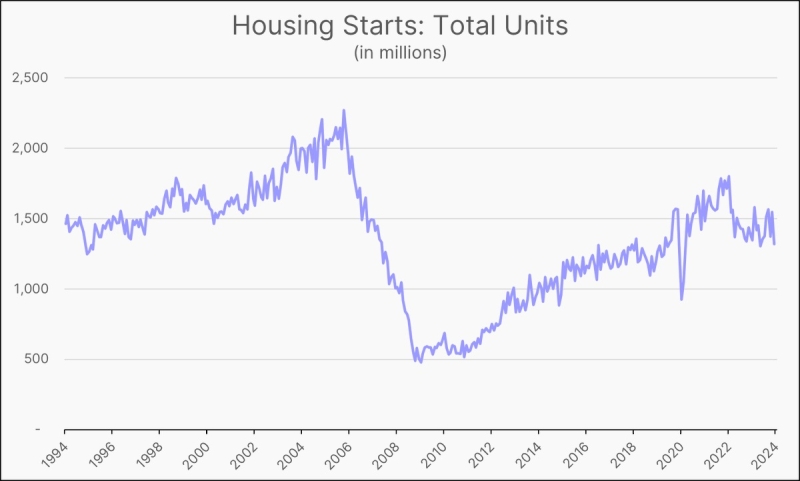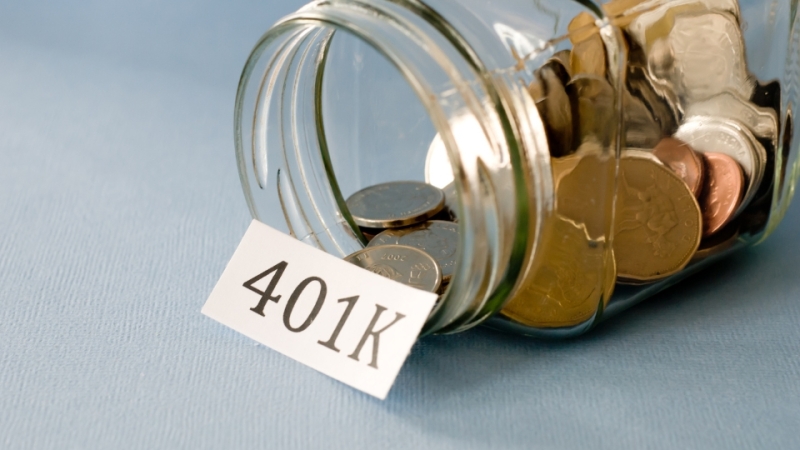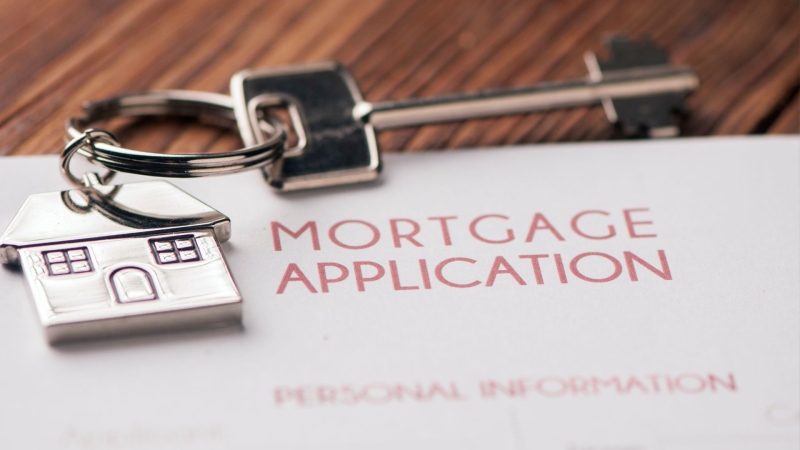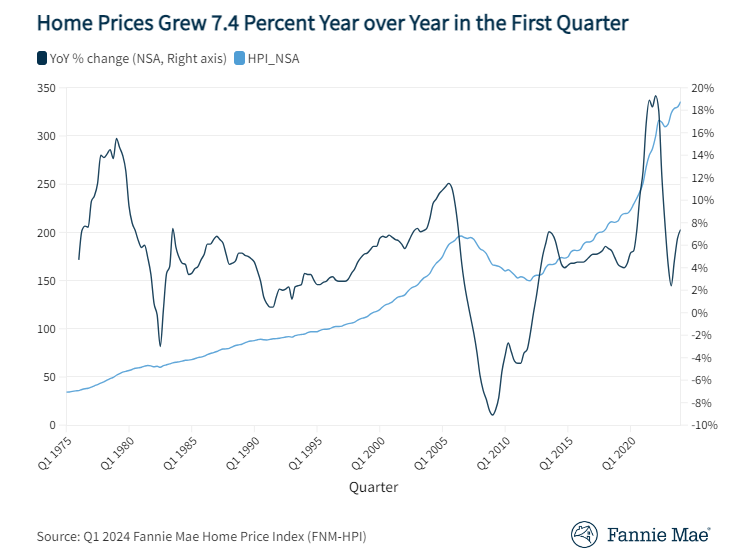Advertisement
IndyMac renovates QuickPricer
The world of credit: Establishing credit John J. Hudockcredit scores, credit reporting, consumer behavior
Establishing credit has basically been the same for more than
4,000 years. When you borrowed something and paid it back, as you
agreed, it was easy to borrow for something else. Since 1899, when
they started keeping records, the rules were about the same. Cator
and Guy Woolford opened Retail Credit Company in Atlanta, which
later became Equifax, the first national credit bureau in the
United States. For almost 100 years credit reports were used
primarily by business and the credit score, when available, was
sold to potential creditors as part of the credit report. Since
1991, the credit score has been developed by the Fair Isaac
Corporation (FICO). It is a simplified comparison designed to be a
reflection of your past credit habits and your future predictable
habits.
A credit score is part of a three-digit numerical system. It is
somewhere within a range of 350 as the lowest indicator to 850 as
the highest. My experience indicates the average score to be about
at 640. FICO's Web site lists the average as 723. A credit score of
640 is called a conforming score, which is the minimum necessary to
achieve any level of unsecured credit. A score of 720 and above is
considered a preferred score and is generally the score required to
get you the lowest interest rate a lender has available. A score
below 500 is considered minimal or no credit. The most probable
cause is a lack of open active tradelines. These are tradelines
that have no derogatories (all derogatories consist of late
payments 30 days or more). Once a derogatory is placed on any
tradeline, it will remain there up to seven years unless removed by
the creditor even if the account is paid in full or closed.
The most misunderstood impact on credit scores is the lack of
credit. In order for a credit score to be in a favorable range, an
individual must have open active lines of credit. All current
credit-scoring models rely on individuals' past payments to
creditors. If you have an insufficient number of these tradelines,
your score will be in the 500s or below. If you do not have any
open, active revolving tradelines, you will need a minimum of two
just to get started. There will be a negative affect on your credit
report for recently opened tradelines. After about 90 days, they
begin to become very positive. With the score below 640, there is a
small chance of anyone getting an unsecured credit card. Unsecured
credit cards are credit cards that are issued based on your current
credit score with no collateral required. If you are employed,
there is a very good chance that you would be eligible for a
secured credit card. This is a credit card with a lower high limit,
you would likely pay an annual and a monthly fee along with some
type of deposit with the credit card issuing bank. If you use these
cards correctly, it really would not matter what the interest rate
would be, as you should pay off the entire balance every month. If
you get a card with a grace period (and I would suggest that you
never get a card without a grace period), the interest rate would
not be a consideration. If theres no balance, there are no interest
charges.
When FICO began offering their scoring models to all three
repositories, the rules of credit began to change. Paying your
bills on time no longer insured that you'd have great credit. You
might have good credit, but not the high credit score that you need
for lower interest rates. They have interjected new rules. For
example:
•"Proportion of balance to credit limits is too high on
bank revolving or other revolving accounts."
•"Length of time revolving accounts had been
established."
•"The number of inquiries on the consumer's credit file has
adversely affected the credit score."
•"Too many accounts with balances."
•"Number of accounts opened within the last 12 months on
revolving accounts is too high."
These are actual risk factors that are listed on current credit
reports. Some of these are absurd. These factors are mainly related
to your income. Also, their score factoring doesnt take into
account the differences between someone earning $20,000 a year and
someone earning $200,000 a year. The resulting figure improperly
shows the proportion of balance to credit limit as being too high.
There is different factoring for bank revolving accounts and other
revolving accounts. The score also depends on when the credit
report is pulled. I have many clients that use their credit cards
to create very high balances each month and then pay the balances
off completely. Some use as much as $10,000 each month and pay the
account down to a zero balance. If any of these credit reports are
viewed when the balances are high, it could lower your score by
possibly 50 points. At another point, when the balance is paid in
full, there would be no points deducted. That could be the
difference between a good interest rate and a poor interest
rate.
FICO has been prejudging individuals. They are penalizing
consumers based on predictability formulas. I know many individuals
who have high balances on their credit cards, have never missed a
payment and probably never will. These individuals are penalized
with a lower credit score. In other situations, there are
individuals that FICO considers as "Excessive number of revolving
accounts." Yet, these people can afford them and never have a late
payment. In my opinion, the current scoring system is extremely
flawed and totally prejudicial.
All comments or information placed on a credit report is at the
discretion of the creditor. Only creditors can remove these
comments unless they expire under the time limitations set by law.
For credit derogatories, the time limitation is seven years; for
bankruptcies, 10 years; and for public records, it is also 10
years. Derogatories, public records and bankruptcies do not mean
the end of someones credit score. The range goes up to 850 and you
only need a 720 to have a preferred credit score. There are 130
points where these negative trade lines could lay. What is
important is what you are doing with your current credit. Another
consideration is the balance you maintain on any current open
active tradelines. The most effective range is a balance below 25
percent of your high limit.
If you are attempting to increase your score rapidly, I would
suggest that you use your new credit card immediately with a small
charge and make a payment to the address listed on the initial
correspondence that you received with the card. When you make a
payment, it is listed on your account any time your credit is
pulled after that date. It will show up as the zero balance,
increasing your credit score. I am suggesting credit cards because
they report to all three repositories. They are revolving accounts
and the easiest account to get listed on your credit report. As I
have stated many times, credit cards should only be used to achieve
credit and never for a long-term purchases. If you maintain a
balance, you defeat the purpose of shopping to save money on an
item.
If you want additional free information on credit, please try my
Automatic Response System by sending an e-mail with the word menu
in the subject heading to [email protected]. Once you receive the menu,
you can choose from the available topics by simply placing the
number relative to the topic in the subject field of your e-mail
(remember to list only the number and no other wording or quotation
marks).
John Hudock is president of The International Credit Club
and The World of Credit, two companies specializing in credit
report problems and scores. He can be reached at (570) 829-5696 or
e-mail [email protected]. John invites e-mails on any credit topic. He
will answer each one and publish any that will benefit his readers.
Please be specific with your questions.
About the author





